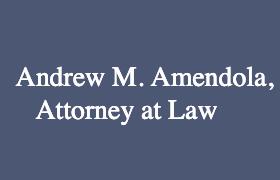East Hampton White Collar Crime Lawyer, Connecticut
Sponsored Law Firm
-
 x
x

Click For More Info:
-
Andrew M Amendola, Attorney at Law
591 Thompson Avenue East Haven, CT 06512» view mapAccident & Injury, Criminal, Estate, Real Estate Where Every Client Matters
Let Andrew M Amendola, Attorney at Law handle all your legal needs today@
800-942-4780
Hope C. Seeley
Civil Rights, White Collar Crime, Federal Appellate Practice, Criminal
Status: In Good Standing
Kevin Randall Joiner
Traffic, White Collar Crime, DUI-DWI, Criminal
Status: In Good Standing Licensed: 19 Years
 Andrew Amendola East Haven, CT
Andrew Amendola East Haven, CT AboutAndrew M Amendola, Attorney at Law
AboutAndrew M Amendola, Attorney at Law
